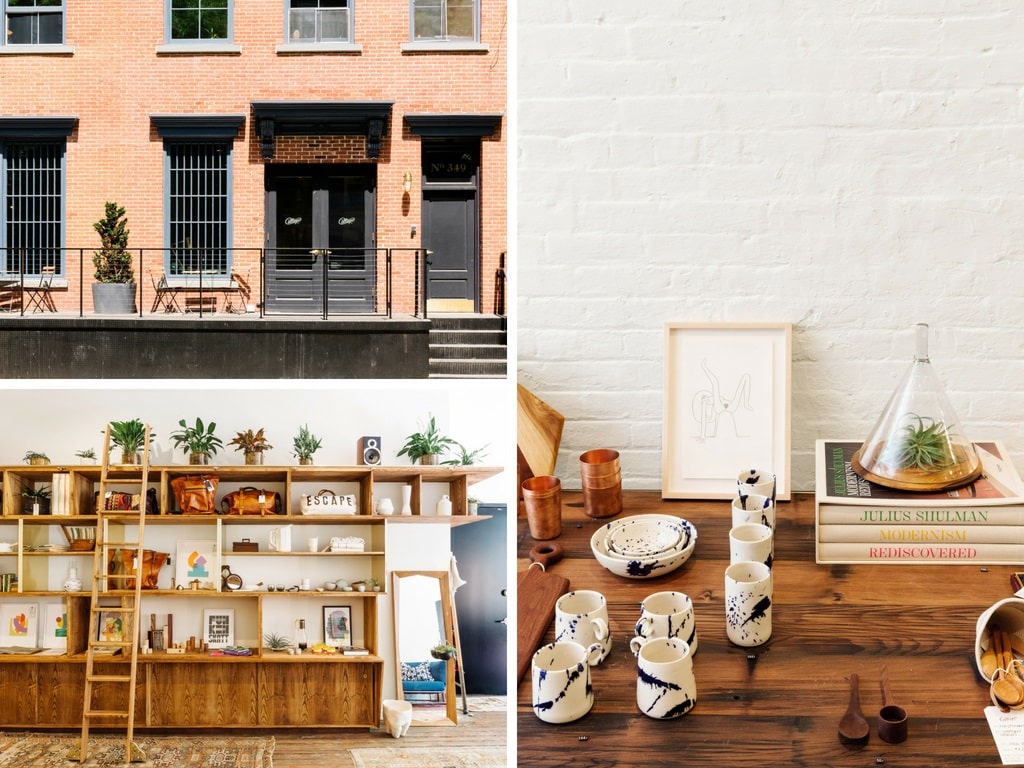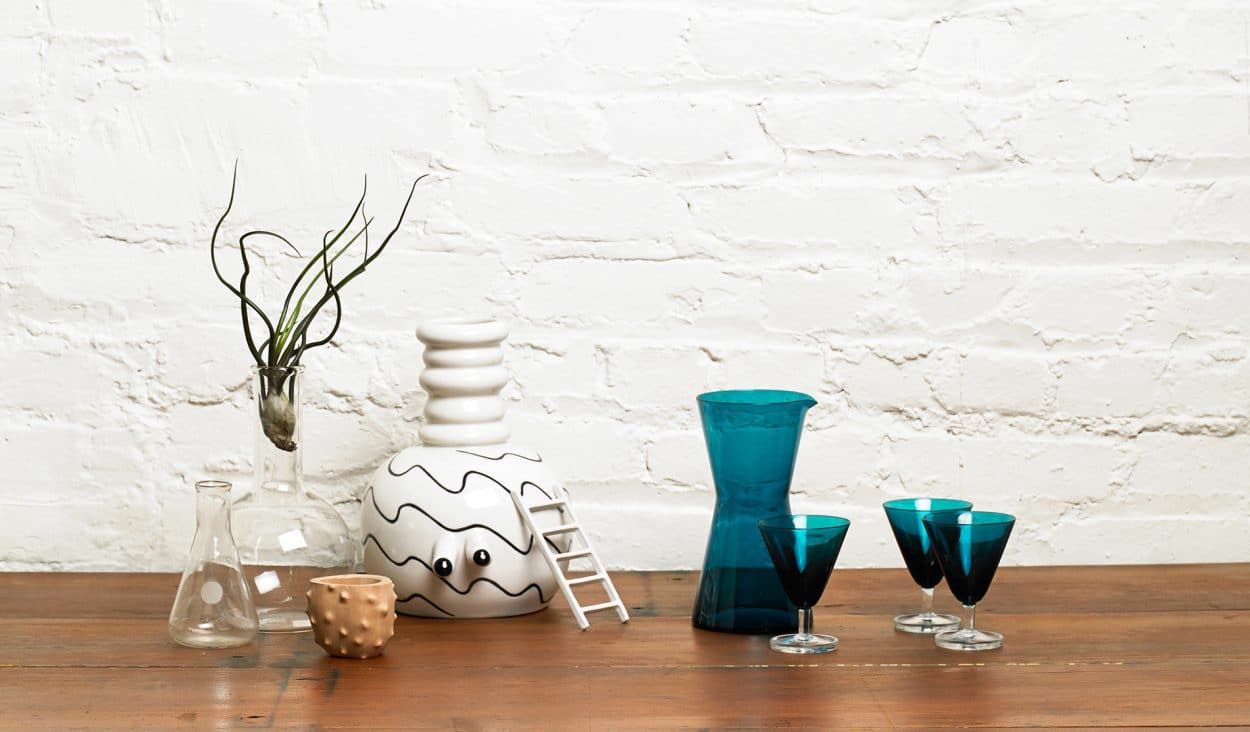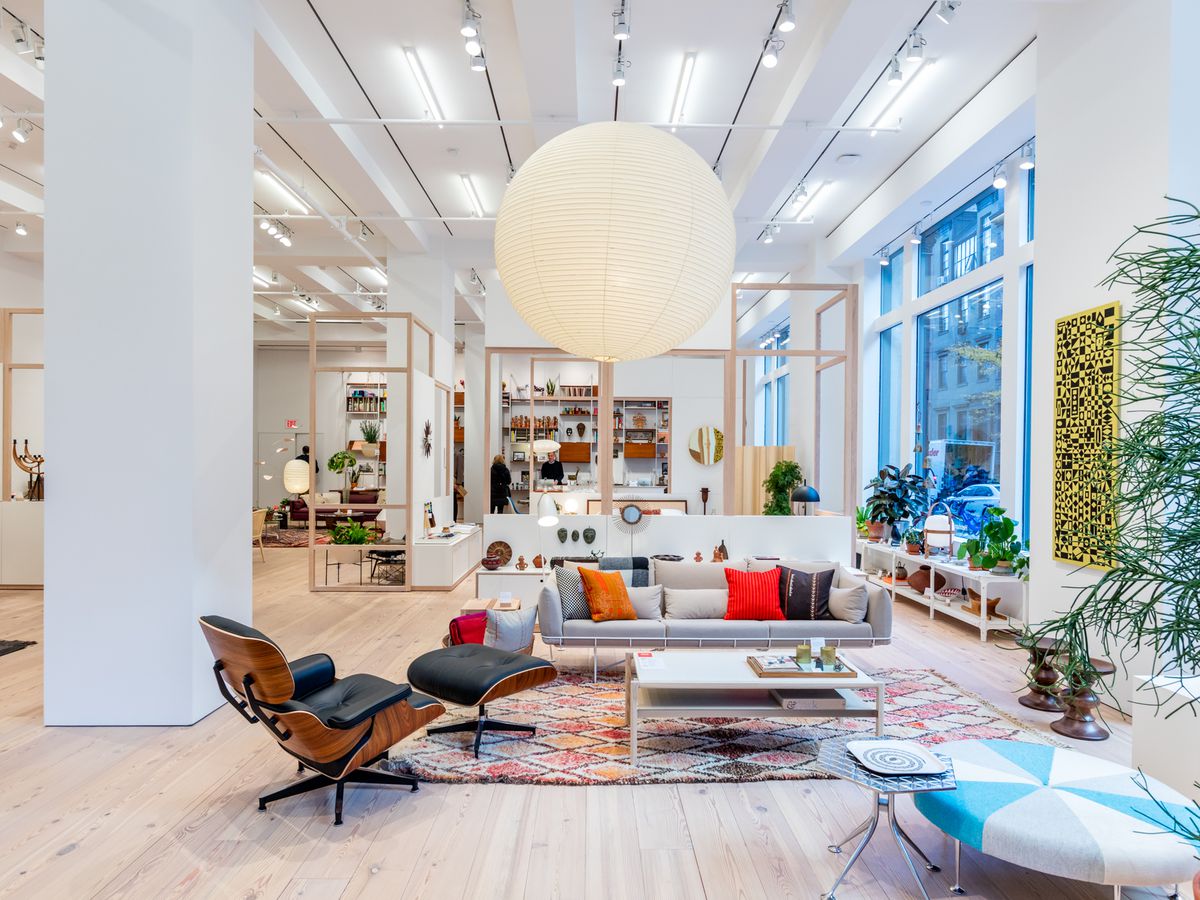Learn about two different approaches for how retailers in NYC select the products they sell in their boutiques—two great examples which satisfy the younger generation and the seasoned.
Boutique furniture stores in New York still sell whimsical and elaborately crafted wares but increasingly they are influenced by some of the same trends affecting the rest of the retail furniture business: the Web and Instagram.
Calliope, located in the heart of New York City’s trendy West Village neighborhood, occupies the ground floor of a mid-1800s era residence owned by Michael Ventura, CEO of the strategy and design business for Sub Rosa, and his wife Caroline Ventura, who is the jewelry designer for Brvtvs.
Several years ago, the two entrepreneurs turned the ground floor loft of their building into a veritable “cabinet of curiosities” defined by tall windows looking out onto greenery, large glass paned metallic sliding doors and exposed brick walls. The aesthetic could be described as upscale hipster. Scattershot around the place are Moroccan carpets, vintage lamps with cork bases, ceramics, crystals, plastic cast Eames chairs manufactured by Herman Miller, a kidney-shaped Noguchi coffee table, and an enormous wrought iron table capable of seating 12 people that goes for $13,000.

Calliope. Photo credit: Julia Robbs
“It is easier to fill a store when you know what you like,” says Kate Feigels, store manager for Calliope, told ArchiExpo e-Magazine.
“It is a reflection of personal taste—[the Venturas] like to choose objects that have stories behind them because that gives things meaning.

Courtesy of Calliope
Most of the furniture and home decorations displayed in the store have simple paper cards explaining their provenance. On one table is an array of ceramic cups decorated in colorful patterns designed by a couple from Pasadena, California, Kat & Roger, who are described as being “inspired by the vibrancy of Los Angeles” with their “playful motifs crafted in small batches.” Nearby is a tan rod and weave chair with a sage powder coat with walnut leather armrests designed by Eric Trine, also of Los Angeles.

Left, leather chair by Eric Trine; right, ceramic vase by Kat & Roger. Courtesy of the designers.
According to Feigels, a lot of the work displayed in the store comes from the United States and is sourced from Web searches and from Instagram. However, many of the designer displayed were also discovered on trips that the Venturas have taken over the years. Feigels says that, in addition, younger designers often stop by with their products, which in some cases has resulted in fruitful long-term partnerships.
An establishment with an entirely different approach is Atelier Courbet in Manhattan’s Chelsea art gallery district. Here, in a shop with brushed concrete floors and the arched doorways, the furniture for sale is displayed like an art exhibition and a recent show featured the work of Gianluca Pacchioni, a prize-winning metalsmith who has been awarded the title of Master of Arts and Crafts by the Fondazione Cologni. Pacchioni makes high-end sculptural furniture, such as thick travertine side tables supported by bronze legs and bronze wall panels engraved with arboreal motifs.
“The aesthetic is not the underlying criteria,” says Melanie Courbet, the store’s owner, told ArchiExpo e-Magazine, “the curatorial base is about craftsmanship and time-honored techniques.”
Some of the manufacturers are 300-400 years old and Courbet has worked with many of them dating back to when she worked as a design consultant. Courbet works with designers from around the globe who hail from countries such as Japan, Nepal, Austria and France.

A screenshot of Atelier Courbet’s homepage.
Interestingly, Courbet doesn’t showcase many U.S. based designers.
“We have a few designers in the U.S., but there is not that much history of craft here and there is not traditional training as there is in other places—there is not that history.
Courbet doesn’t sell her products on the Web. “Everything is made to order—you can choose the finishes, you need to have communication to choose the specifications,” she explains, although her store does have a presence on the First Dibs website. The physical location of the store in New York’s most popular art gallery neighborhood is more important, Courbet says.
“We work a lot with collectors who come to Chelsea to see the art galleries. We are more of a bespoke operation, therefore we fit better with galleries.











